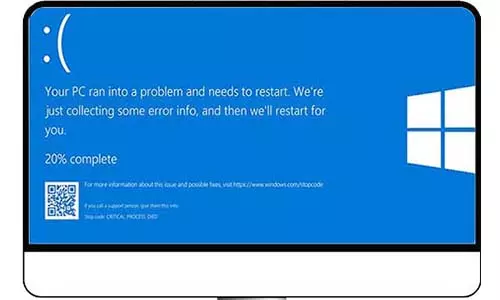What is Cybersquatting? Purpose and Examples of Cybersquatting
What is Cybersquatting?
Cybersquatting is the registration of domain names that are identical and confusingly similar to popular brands of businesses and individuals, with the illegal aim of profiting from their trademarks. Cybersquatting is usually done in bad faith for profit or for spreading malicious information about a brand.
Cybersquatting for Profit
A cybersquatter can create and register a domain NikeShoes.com with the intention of selling the domain to Nike Inc. Since users will be searching for Nike Shoes, the cybersquatting domain will get a lot of traffic which might compel Nike Inc. to buy the domain, at a ridiculously inflated price. Consider the case of the social app TikTok where a domain tiktoks.com had been registered and was being sold for $145,000 to Bytedance, which uses the domain tiktok.com. On the other hand, consider the case of a student, Mike Rowe who created and operated a domain mikerowesoft.com, which sounds suspiciously like, you guessed it, Microsoft.com. Although Mike did not show the intention of selling the domain, he sure received a lot of public attention particularly when Microsoft Corporation handed the student a 25-page cease-and-desist order, which pushed a lot of traffic to the cybersquatting domain.
Another example of cybersquatting is when a domain is registered to redirect traffic to illegitimate websites. For instance, the AmazonDiscounts.com domain is likely to acquire much as people are always searching for good deals when shopping (I know I do). However, the official Amazon.com website does not own the AmazonDiscounts domain, therefore the cybersquatter can place any information he or she wishes on the illegitimate website such as phishing user's PII (Personally Identifiable Information) or running ads to generate revenue.
Cybersquatting and Typosquatting
Typosquatting is one example of cybersquatting. Typosquatting involves registering a domain that is strikingly familiar to the real, legitimate domain. For instance, someone can register You-tube.com with the intention of redirecting users who mistakenly write the domain in a URL other than the real Youtube.com domain. Other typosquatting examples include Gooogle.com, Amazn.com, and Facebo0k.com.
ARTICLE YOU'LL FIND HELPFUL
Cybersquatting for Brand Dilution
We have all had that one time when businesses, organizations, or popular people step on our toes. While most people forget about it and fold (consider a poker game), others double domain by cybersquatting a domain aimed at diverting traffic from the trademarked domain. For instance, a user once registered the domain mitsubishisucks.com which contained everything the cybersquatter thought was wrong with the company. Further, did you know that in 1997, the domain WhiteHouse.com once redirected users to a website filled with adult content? The website had not been hacked, rather, someone had registered it to cyber squat the legitimate Whitehouse.gov domain. Businesses and organizations can lose credibility and revenue as they fight to regain control of their trademarked and legitimate domain names.
Cybersquatting for Malware Attacks
Cybersquatters can register high-traffic domains aimed at distributing malware through the websites. For instance, someone can register the domain FaceBookWinners2023.com. The user can then populate the website with malicious code that downloads malware to the visitor's device including PCs and mobile phones when they accidentally visit the domain. The inclusion of the malware component widens the scope of cybersquatting to include cybersecurity through malware attacks.
Read our full article on cybersquatting and learn how cybersquatting is done, real-life examples of cybersquatting, in depth analysis of the purpose of cybersquatting, and how you can protect yourself, and your brand, from cybersquatters.







